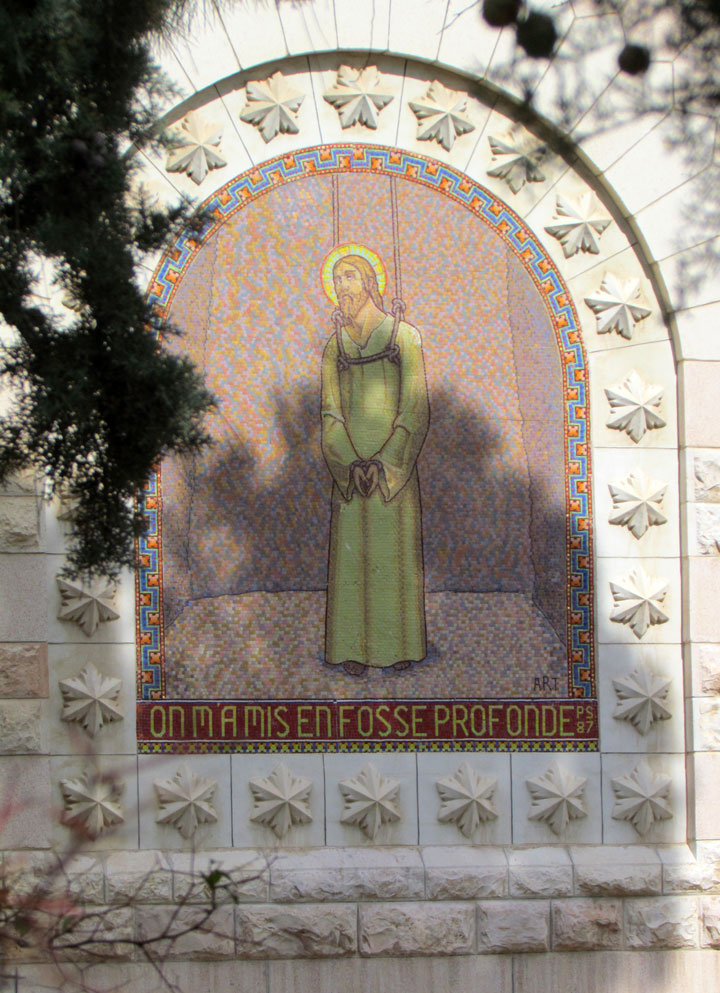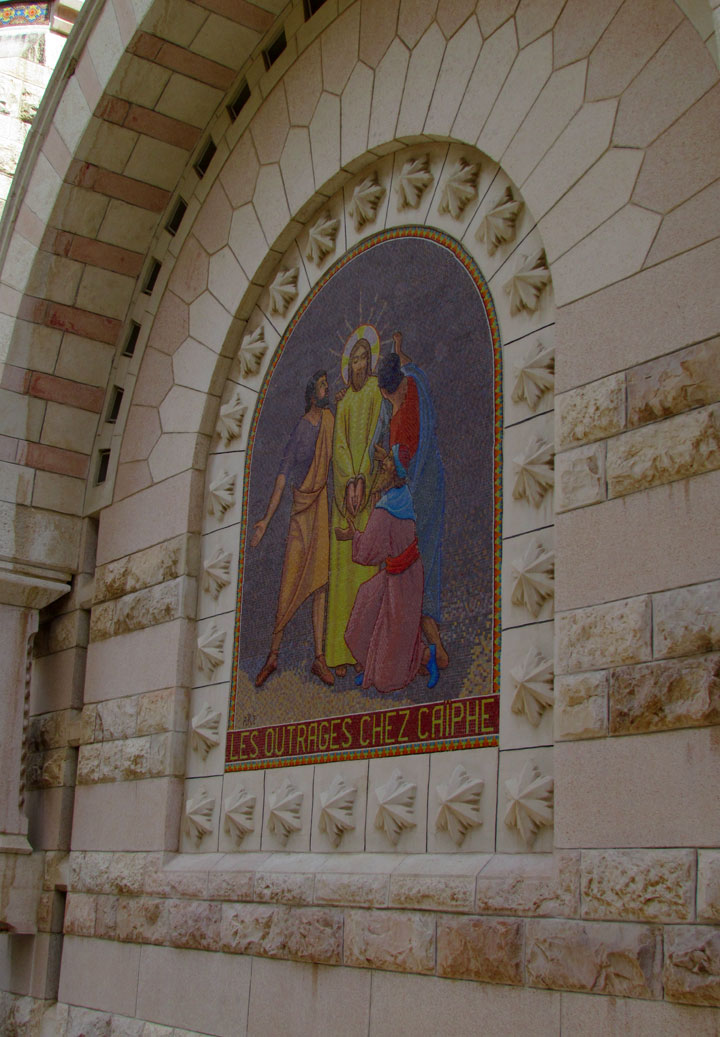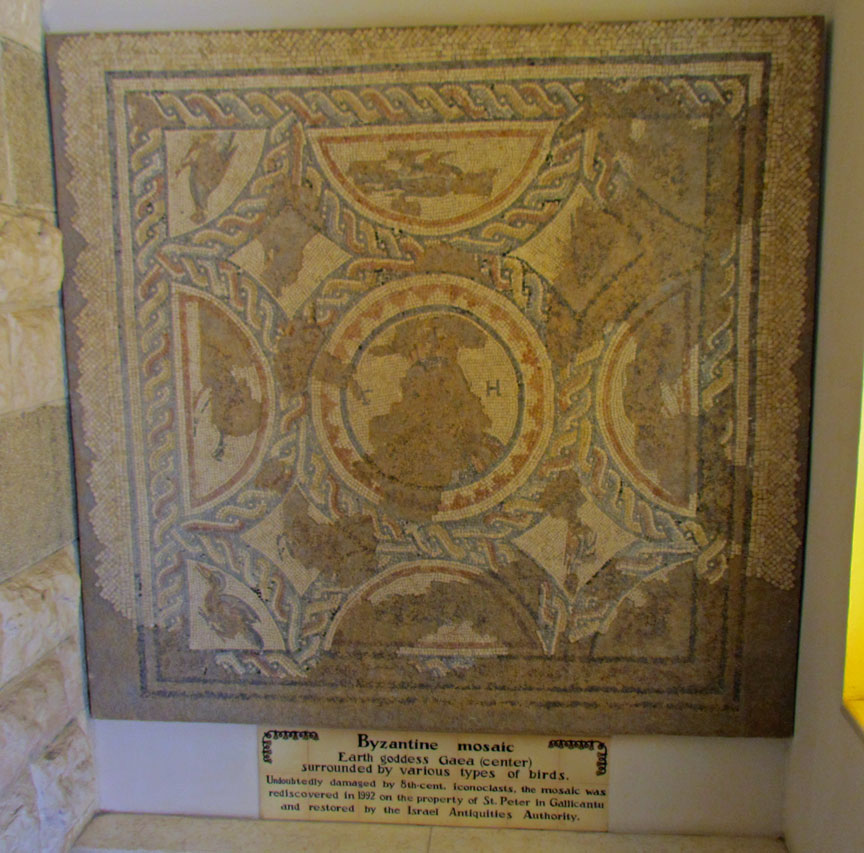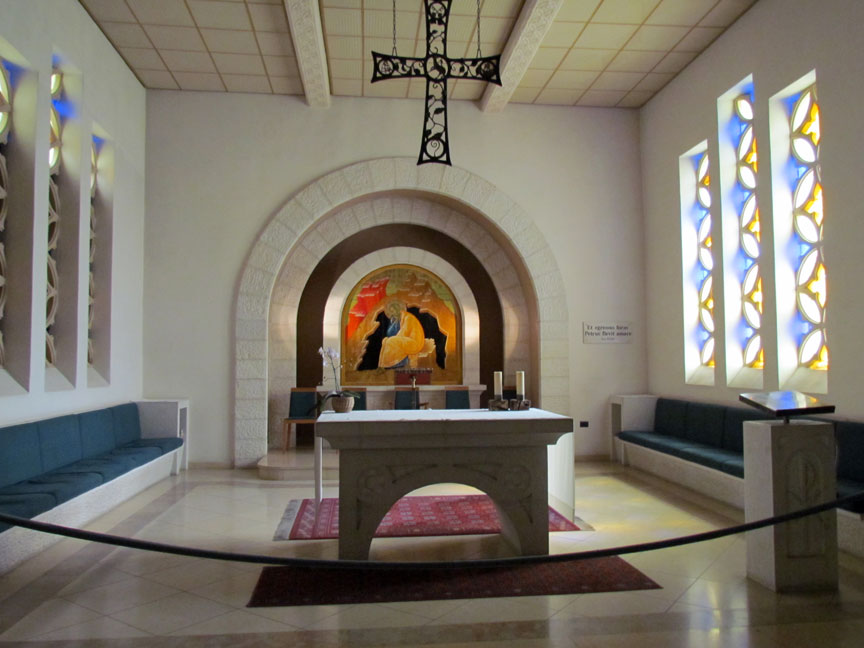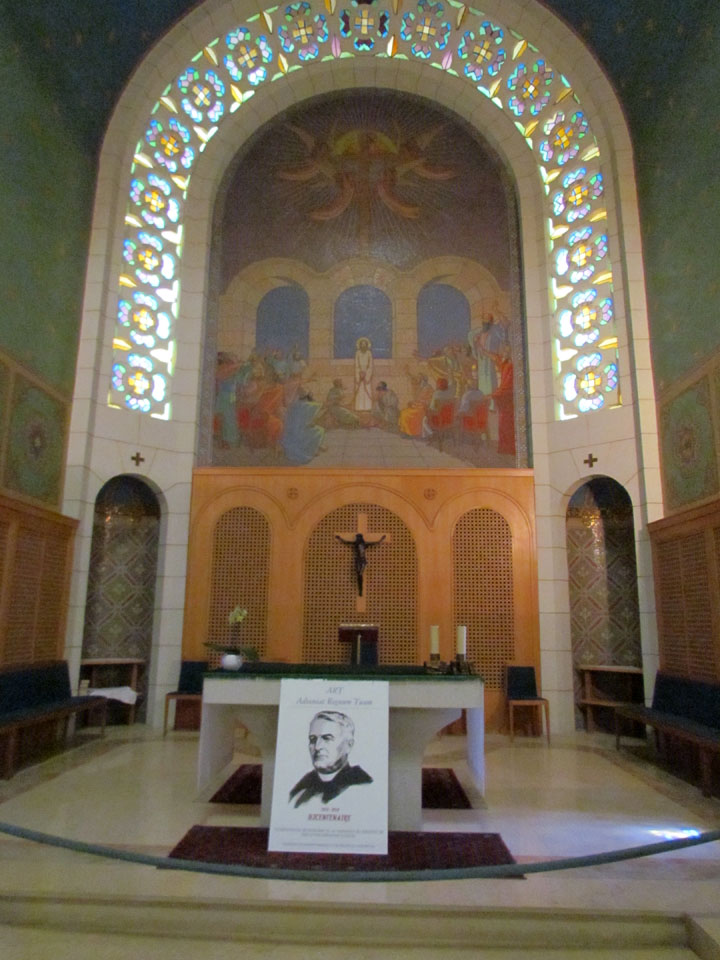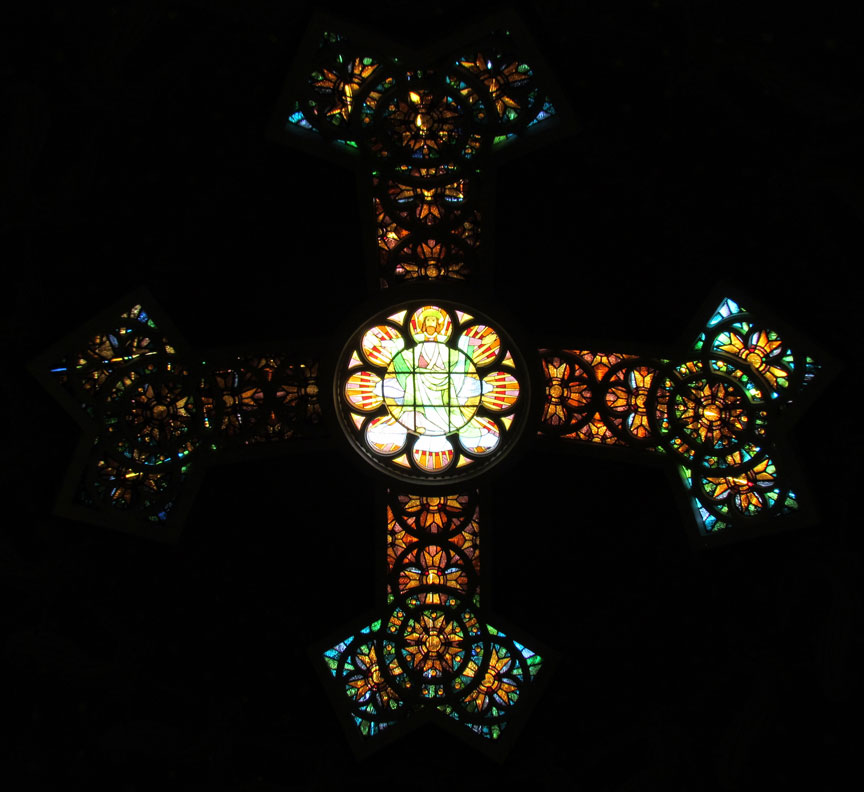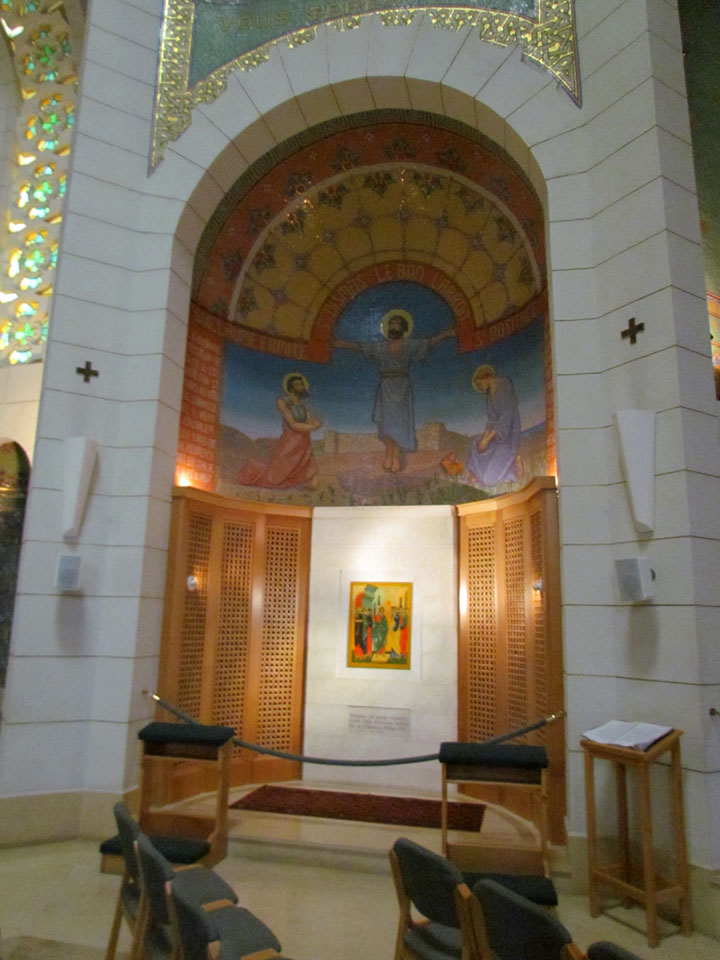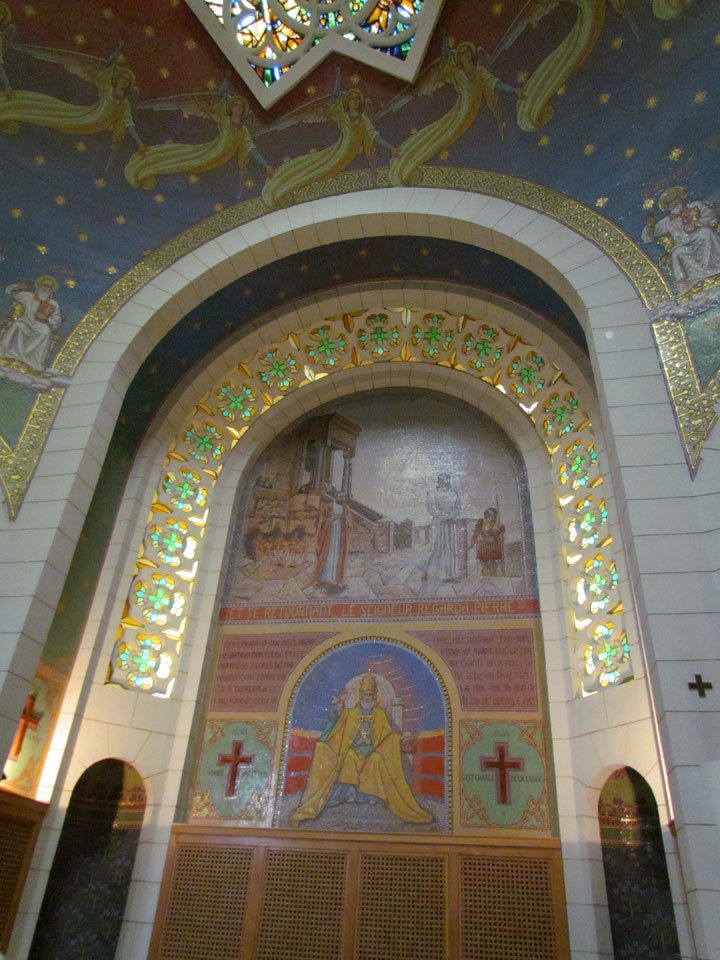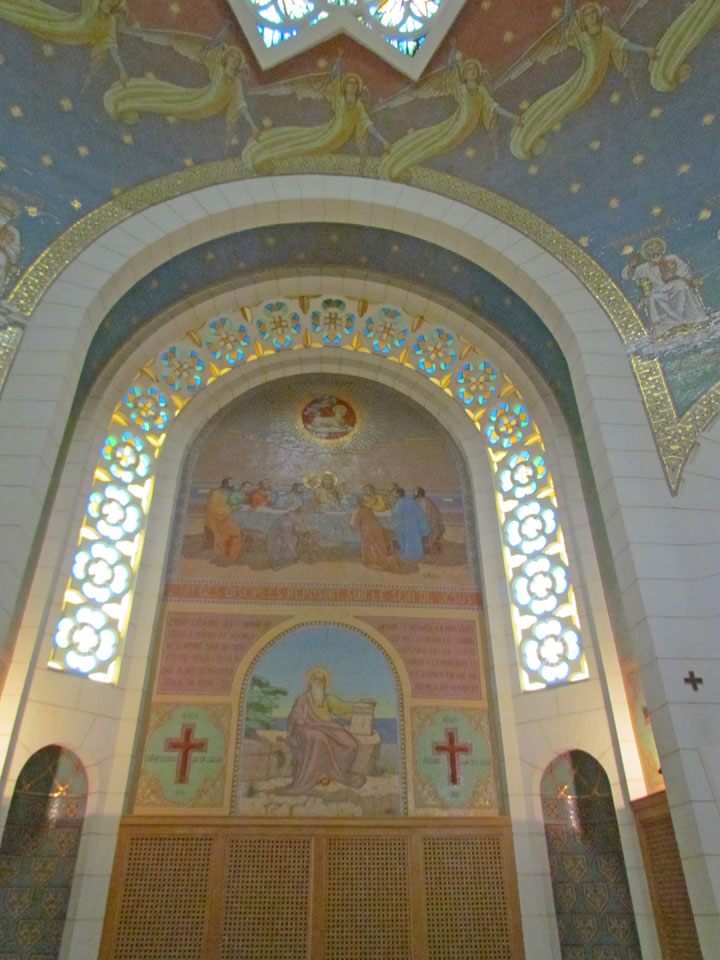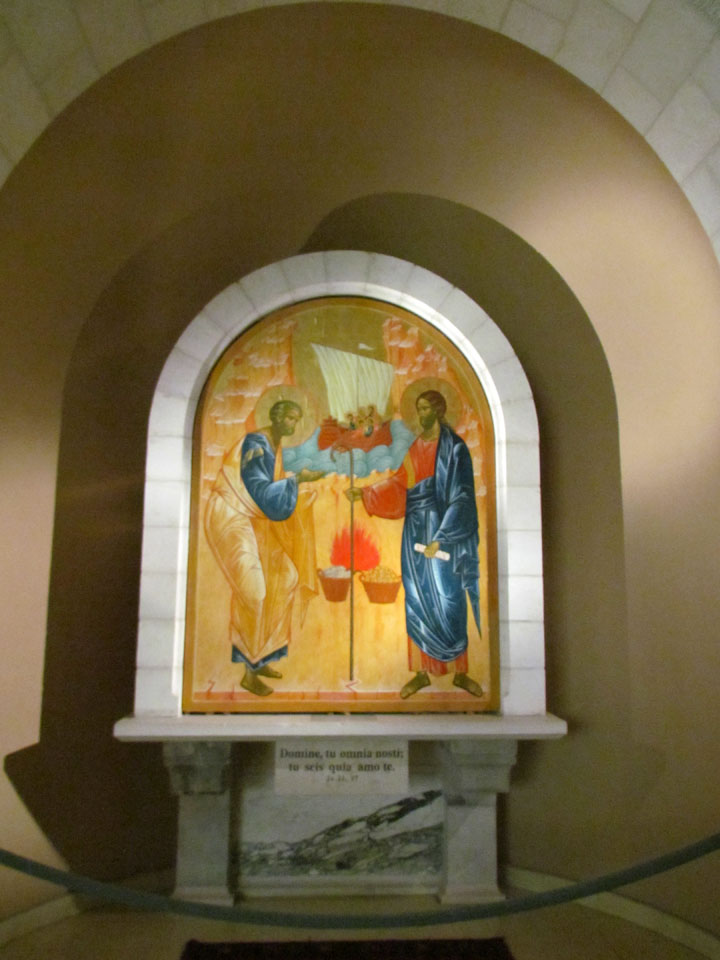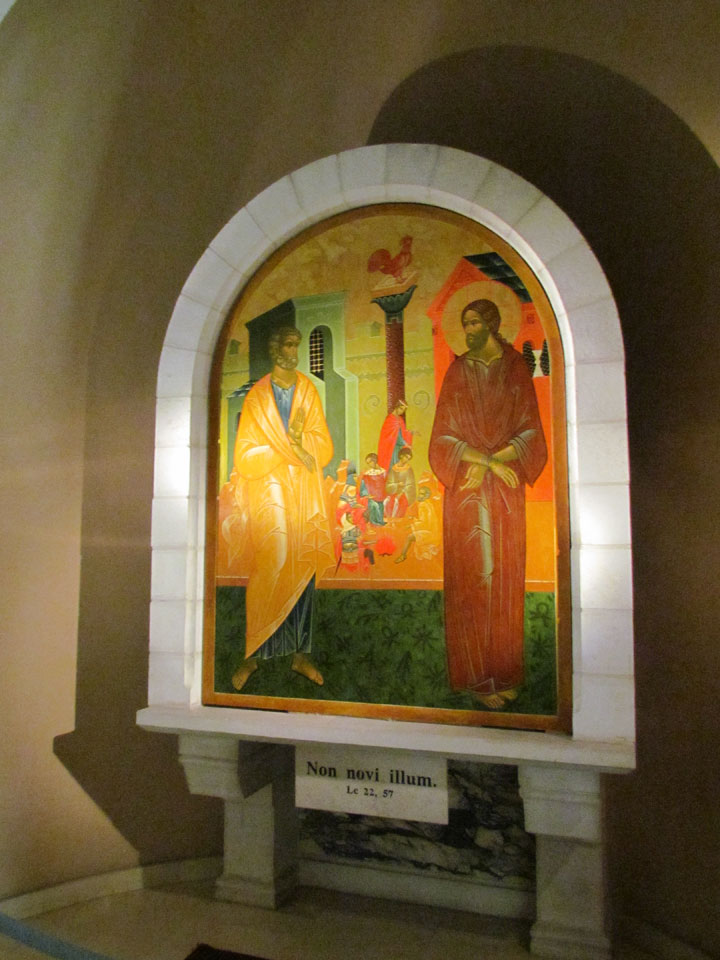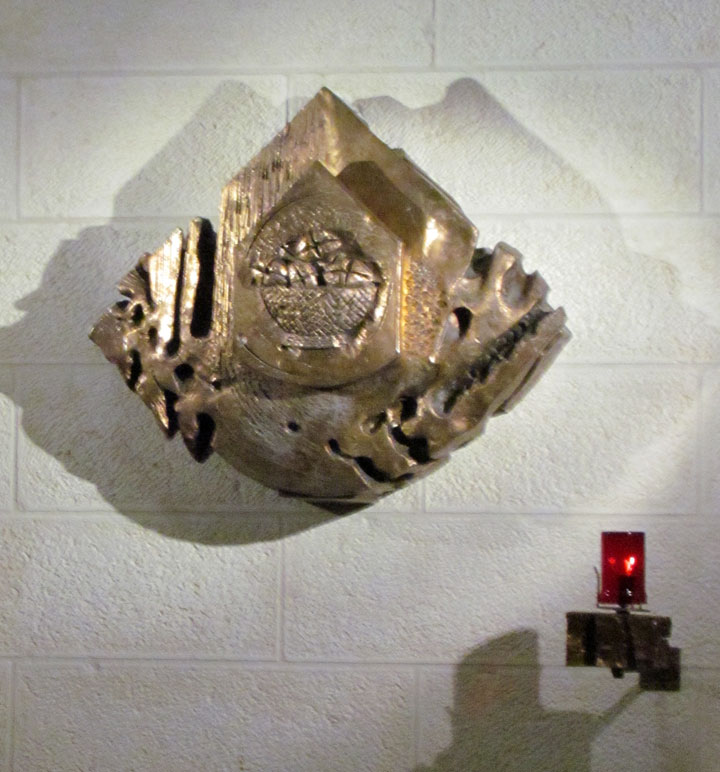

Sanhedrin
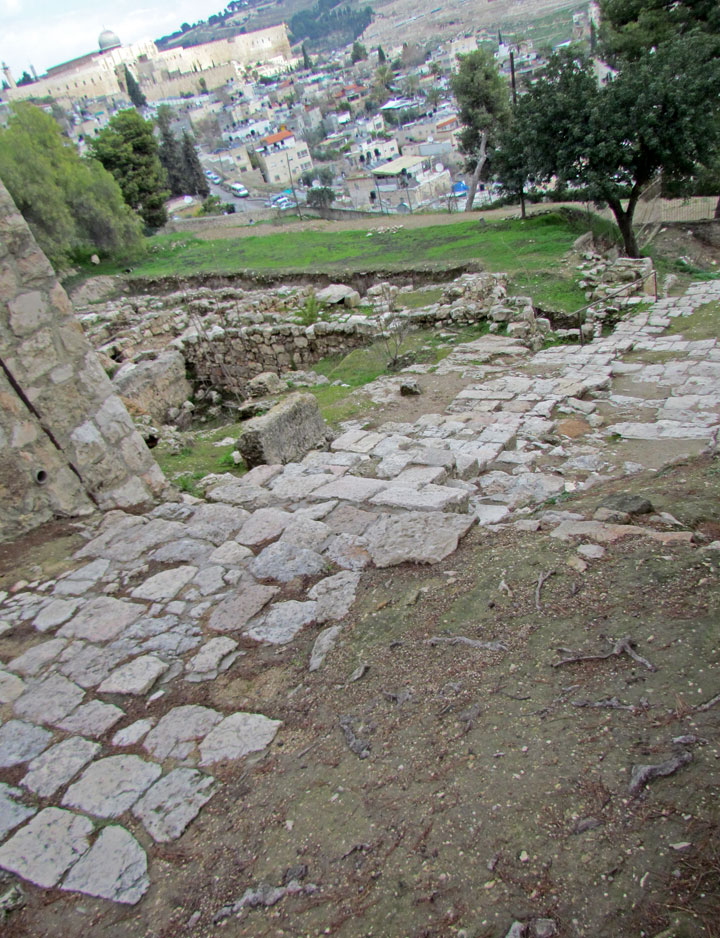
stairs from the Kidron Valley
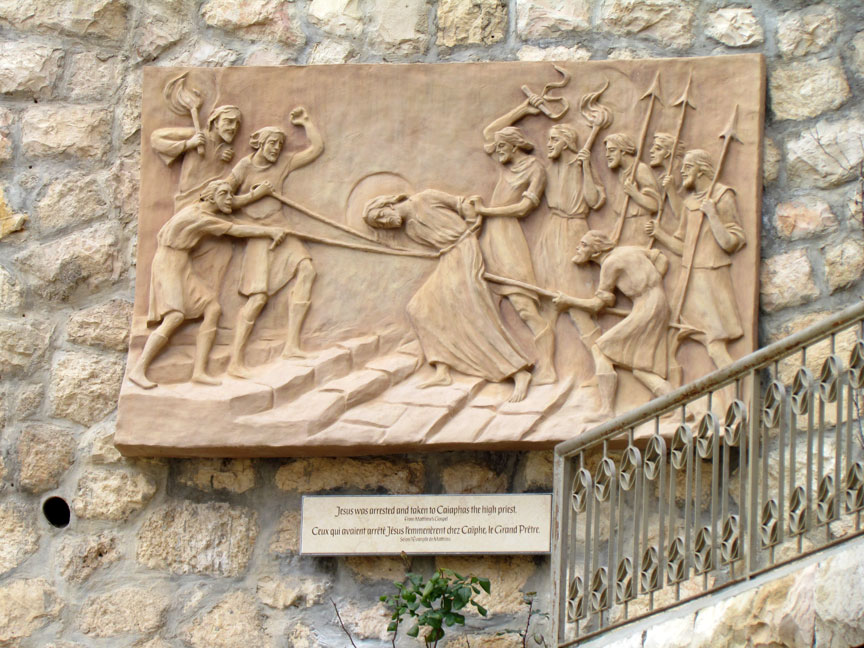
Jesus taken to the High Priest
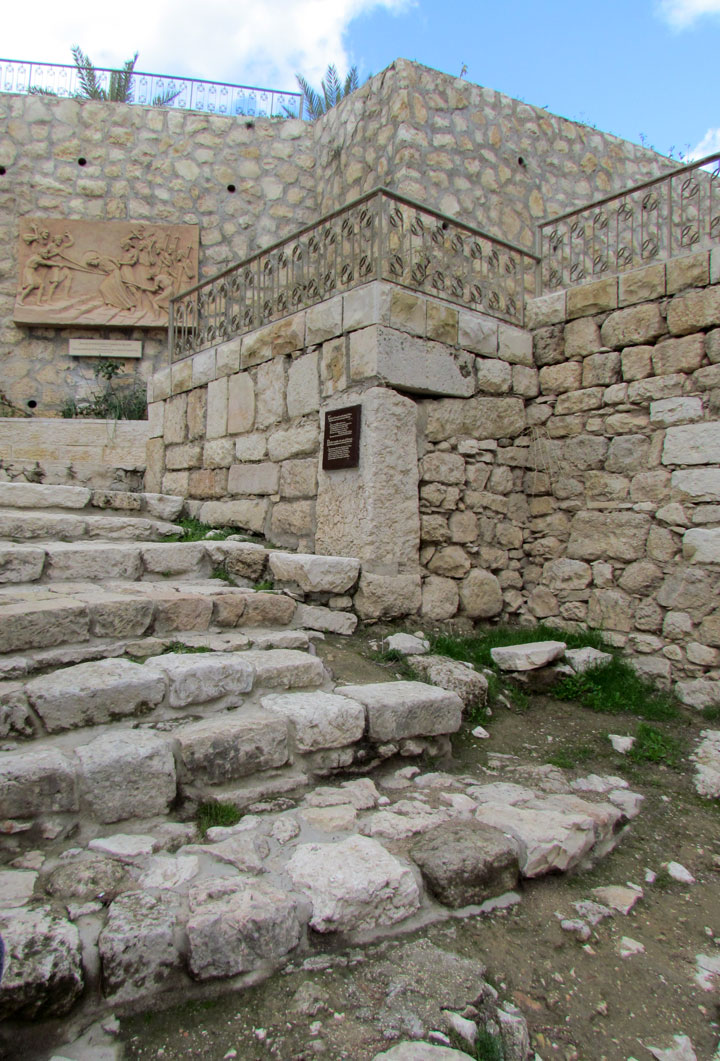
stairs to the High Priest's house
The arrest of Jesus is a pivotal event recorded in the Canonical gospels. The event ultimately leads, in the Gospel accounts, to Jesus' crucifixion. Jesus was arrested by the police force of the Sanhedrin (Kilgallen 271) in the Garden of Gethsemane, shortly after the Last Supper (during which Jesus gave his final sermon), and immediately after the Kiss of Judas, which is traditionally said to have been an act of betrayal. The arrest led immediately to his trial before the Sanhedrin, during which they condemn him to death. In Christian theology, the events from the Last Supper until the death and resurrection of Jesus are referred to as The Passion.
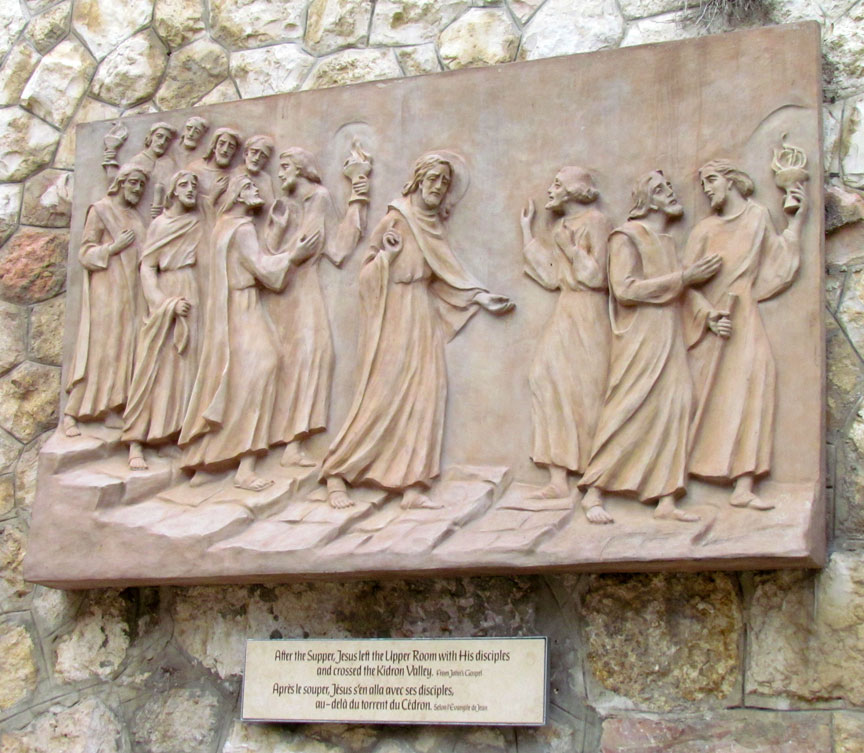
The Canonical Gospels report that after the arrest of Jesus, he was taken to the Sanhedrin, a Jewish judicial body. The precise location and nature of the trial varies between the canonical Gospels, particularly between the three Synoptic Gospels and the Gospel of John. In the Synoptics' version, Jesus is taken to the Sanhedrin, with Matthew 26:57–68 adding that the Sanhedrin had assembled where Caiaphas the High Priest was located. This reference, instead of stating a fixed location, may imply that the gathering occurred at the home of Caiaphas. The gathering would have occurred quite late at night, after Jesus' followers had completed their Passover "Last Supper" and they spent further time in prayer in the Garden of Gethsemane.
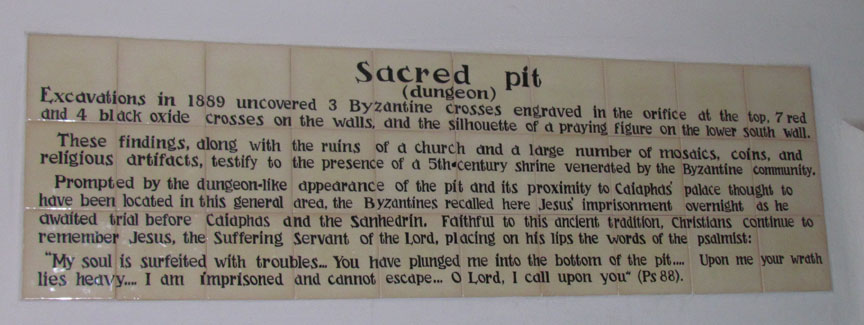

In the era in which the narrative is set, this body was an ad hoc gathering,
rather than a fixed court, as in the later Council of Jamnia, and its gathering
in Caiaphas' home is historically plausible, though irregular. Daniel J.
Harrington argues that being located in a home makes it more likely that this
was a small first preliminary hearing and not a full trial.
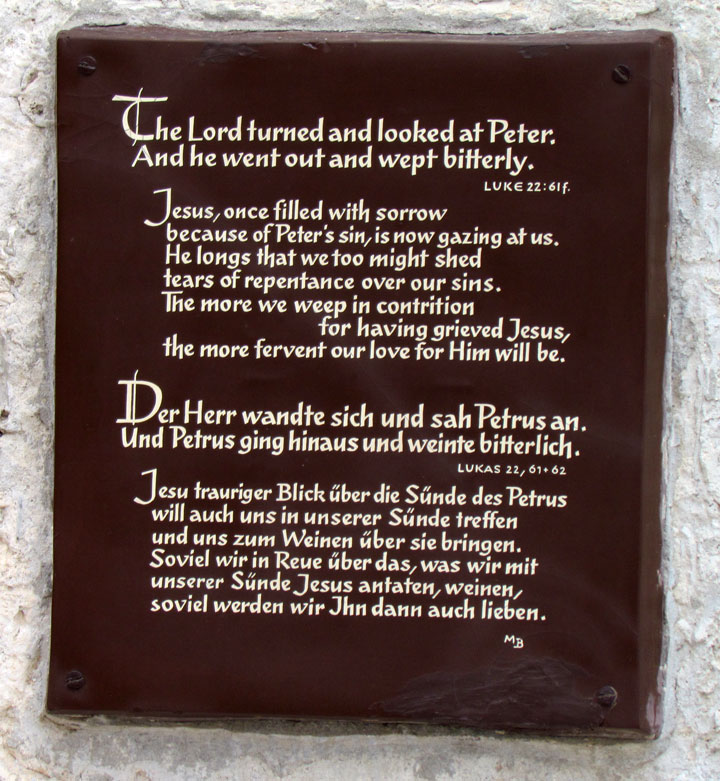
All four Canonical Gospels state that during Jesus' Last Supper with his disciples, he predicted that Peter would deny knowledge of him, stating that Peter would disown him before the rooster crowed the next morning. Following the arrest of Jesus Peter denied knowing him three times, but after the third denial, heard the rooster crow and recalled the prediction as Jesus turned to look at him. Peter then began to cry bitterly.
Text from Wikipedia
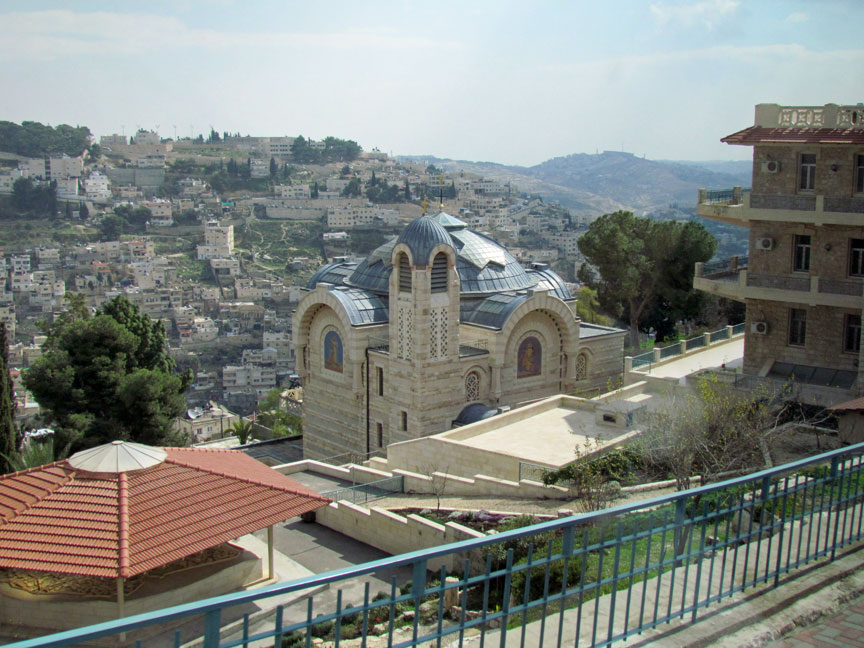
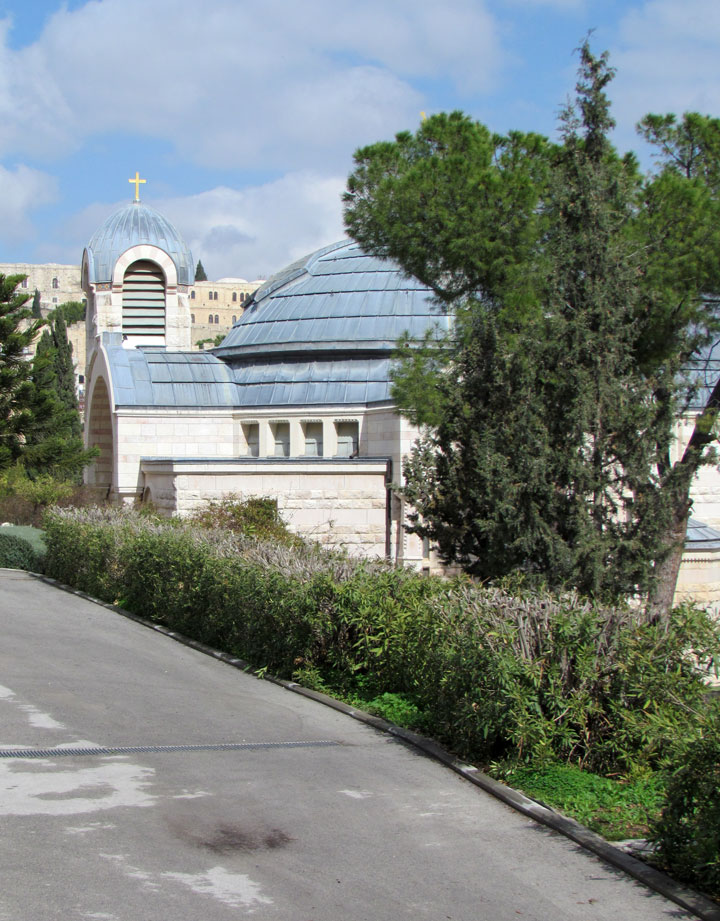
The Church of Saint Peter in Gallicantu
The Latin word "Gallicantu" means
"cock-crow".
The fairly modern church was built in the 1930's over what is believed to be
Caiaphas' house where Jesus was taken after his arrest and may have been
imprisoned there overnight.
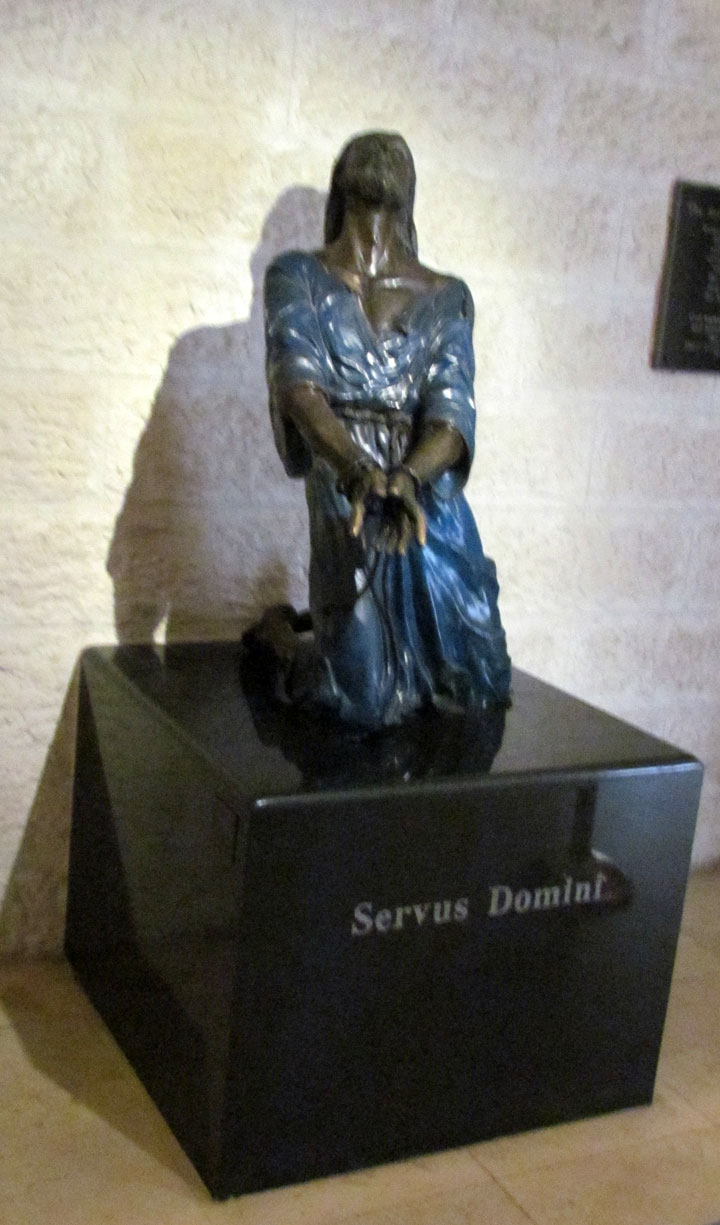

Peter denial
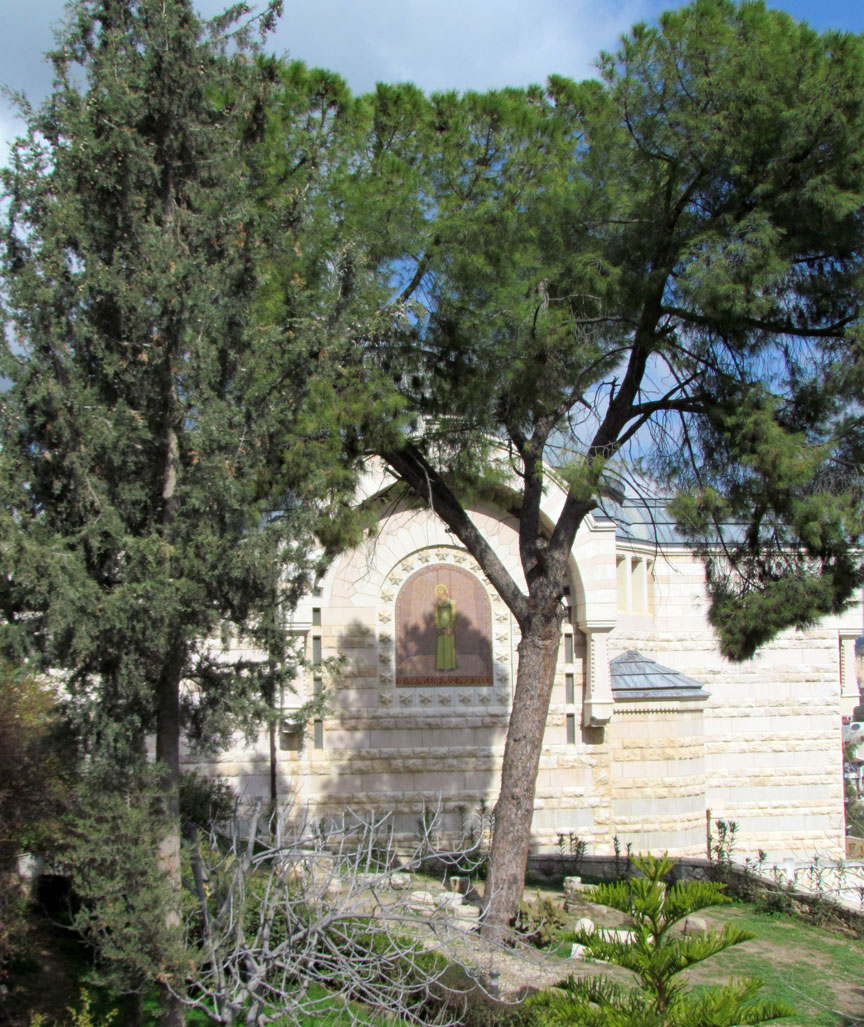
The Church of Saint Peter in Gallicantu
